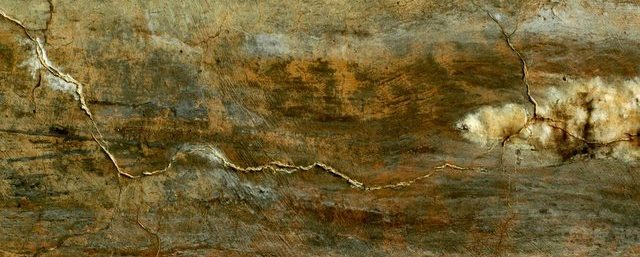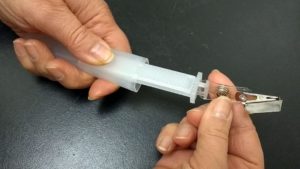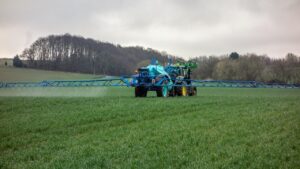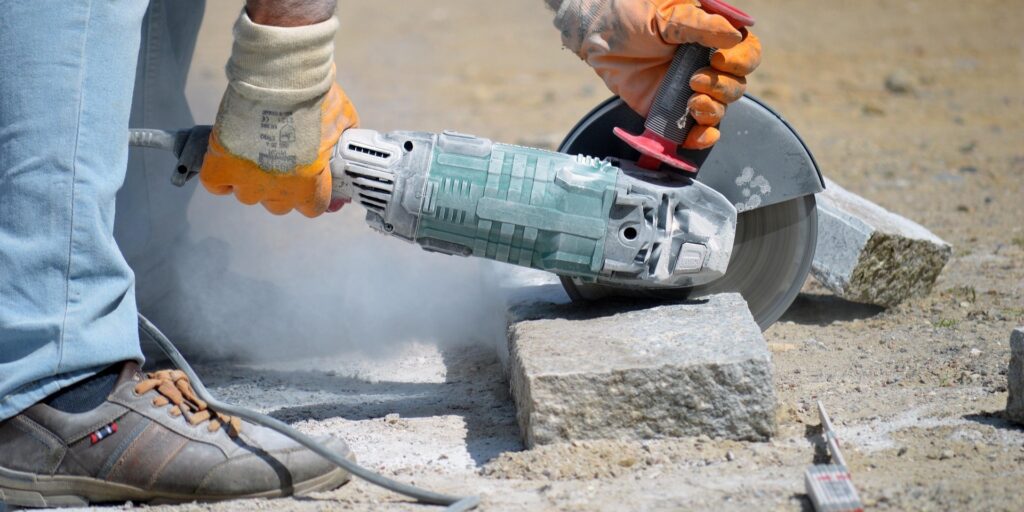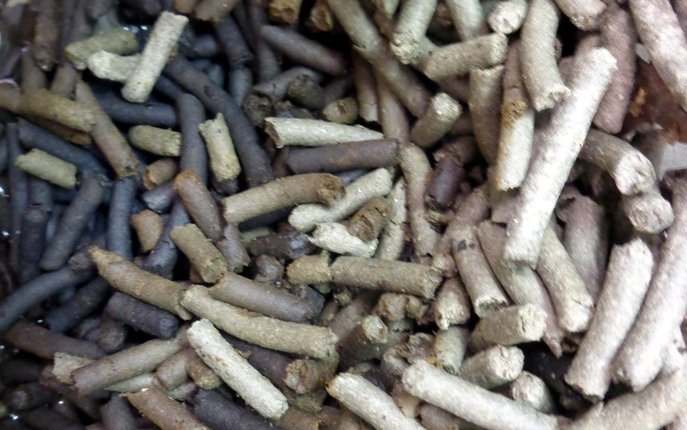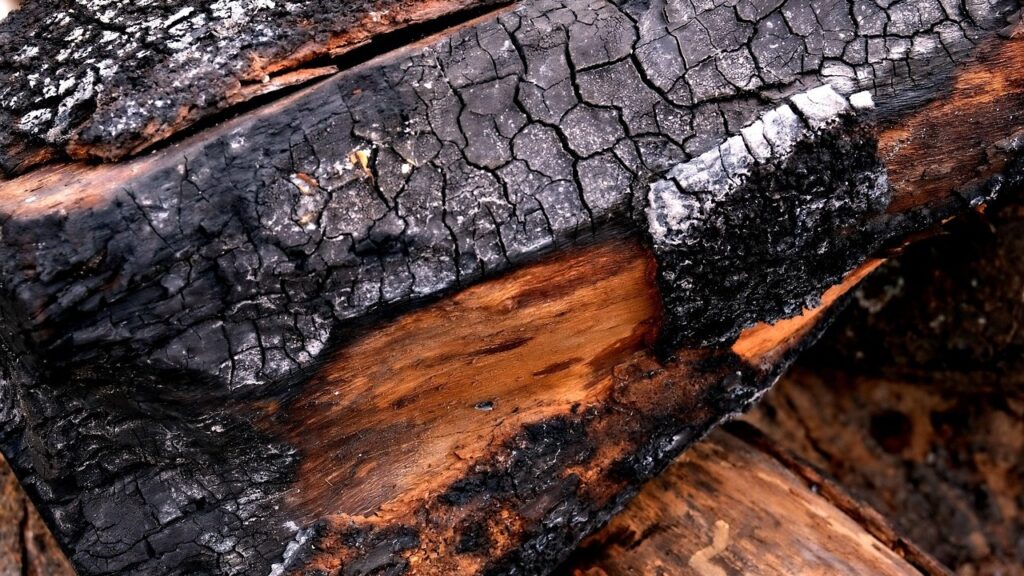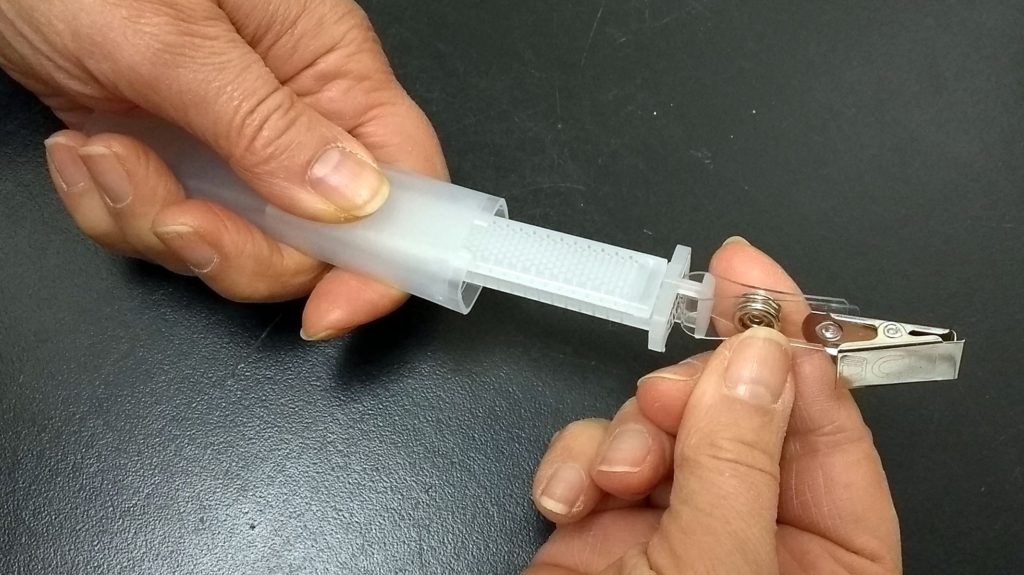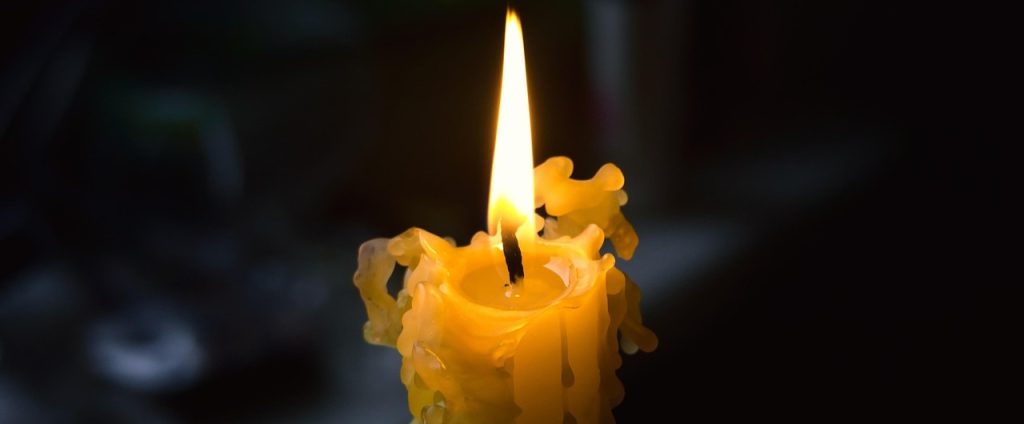 LCS Laboratory Inc., in London, Ontario offers laboratory testing, free media and rental equipment for mold sampling.
LCS Laboratory Inc., in London, Ontario offers laboratory testing, free media and rental equipment for mold sampling.
Mould spore count is commonly used as an indicator of the fungal contamination of a building. This can be due to either previous water damage, or microbiological contamination. In our previous article, we included a simple table that could be helpful in interpreting the mould spore concentration level in buildings.
Another way of assessing indoor mould concentration levels is the comparison of indoor levels to outdoor levels. The criterion for total fungal particulates is based on the Health Canada statement that “normal” indoor air microflora at the genus and species level is qualitatively similar to and quantitatively lower than the outdoor air. This means that the distribution of indoor mould at the genus or species level is similar to the outdoor distribution and quantitatively lower than the outdoors. Alberta Health Services developed an air quality assessment procedure that offers acceptability criteria for each mould genus detected on the indoor sample. Mould air quality is considered to be acceptable if the indoor spore count for each species/genus doesn’t exceed 2-5 fold of the outdoor level. The detailed procedure of air sampling and acceptance criteria can be found here.
 A similar approach is developed by Dr. Jackson Kung’u as a useful guideline for the interpretation of numerical data for non-viable airborne mould samples. The guidelines may be used to decide whether further investigations are required after the initial testing. According to this procedure, the spore level is acceptable if the indoor spore count for each species/genus is smaller than the outdoor level, and, for some species, doesn’t exceed 2 fold of the outdoor level. If you are interested to read more about this complex procedure, please refer to the original document.
A similar approach is developed by Dr. Jackson Kung’u as a useful guideline for the interpretation of numerical data for non-viable airborne mould samples. The guidelines may be used to decide whether further investigations are required after the initial testing. According to this procedure, the spore level is acceptable if the indoor spore count for each species/genus is smaller than the outdoor level, and, for some species, doesn’t exceed 2 fold of the outdoor level. If you are interested to read more about this complex procedure, please refer to the original document.
If you want to discuss your project, please email us at your convenience. You can receive a quote or order the air sampling kit from our online store.

